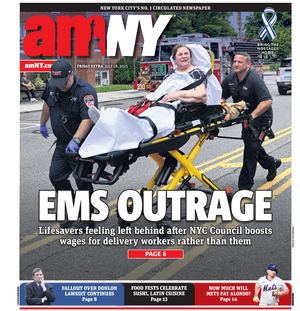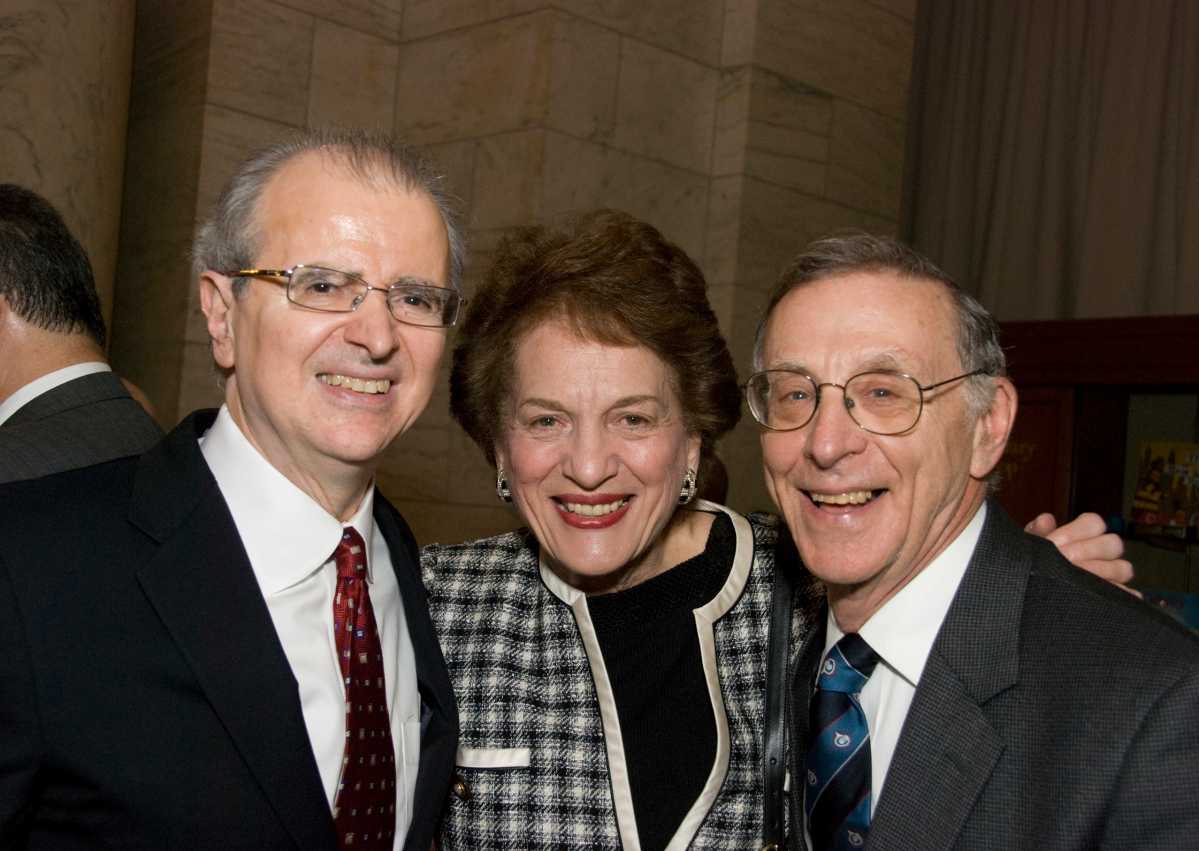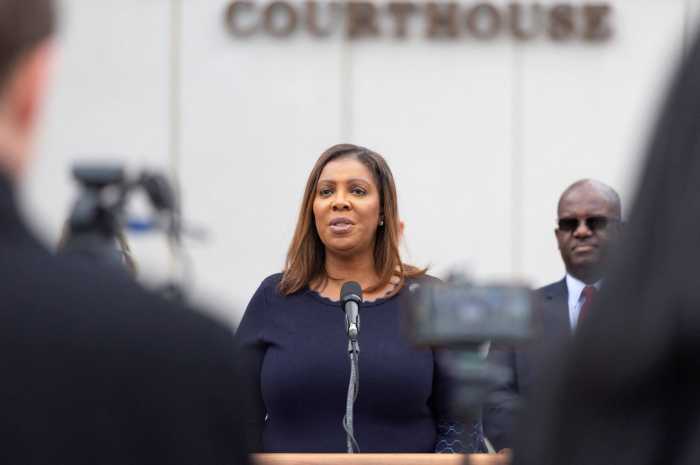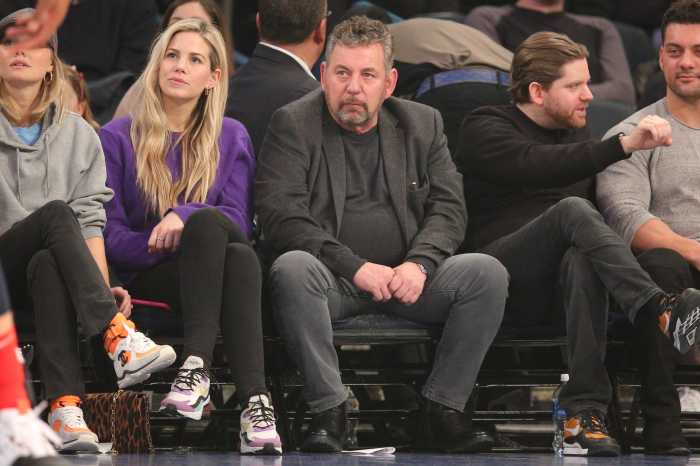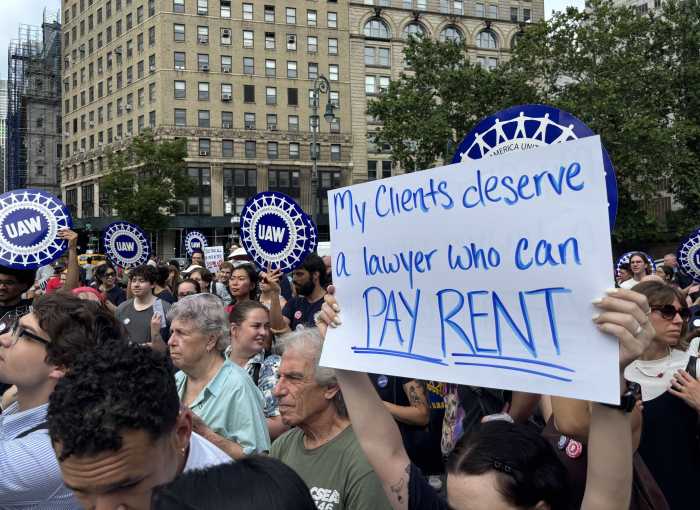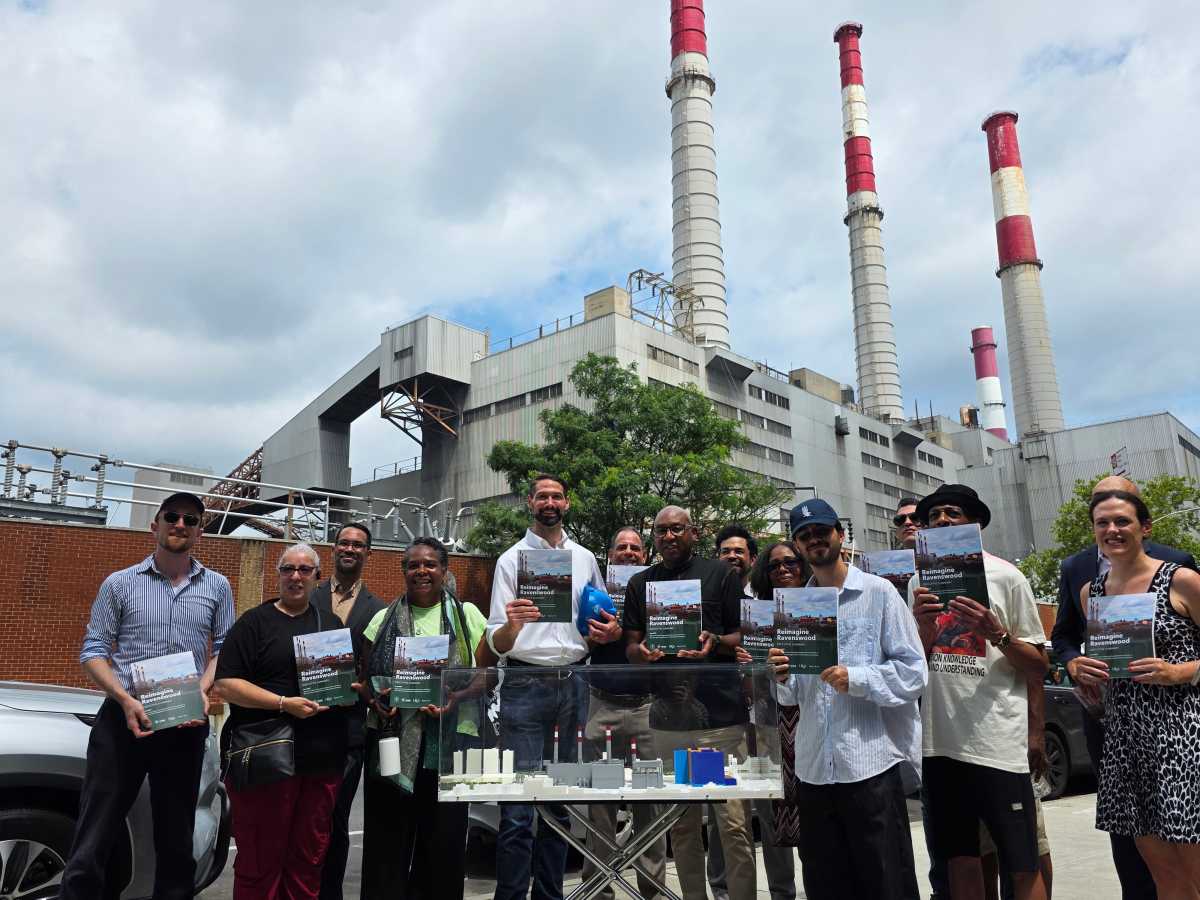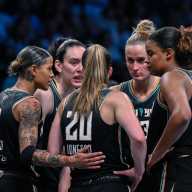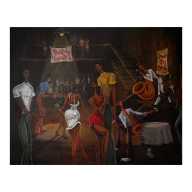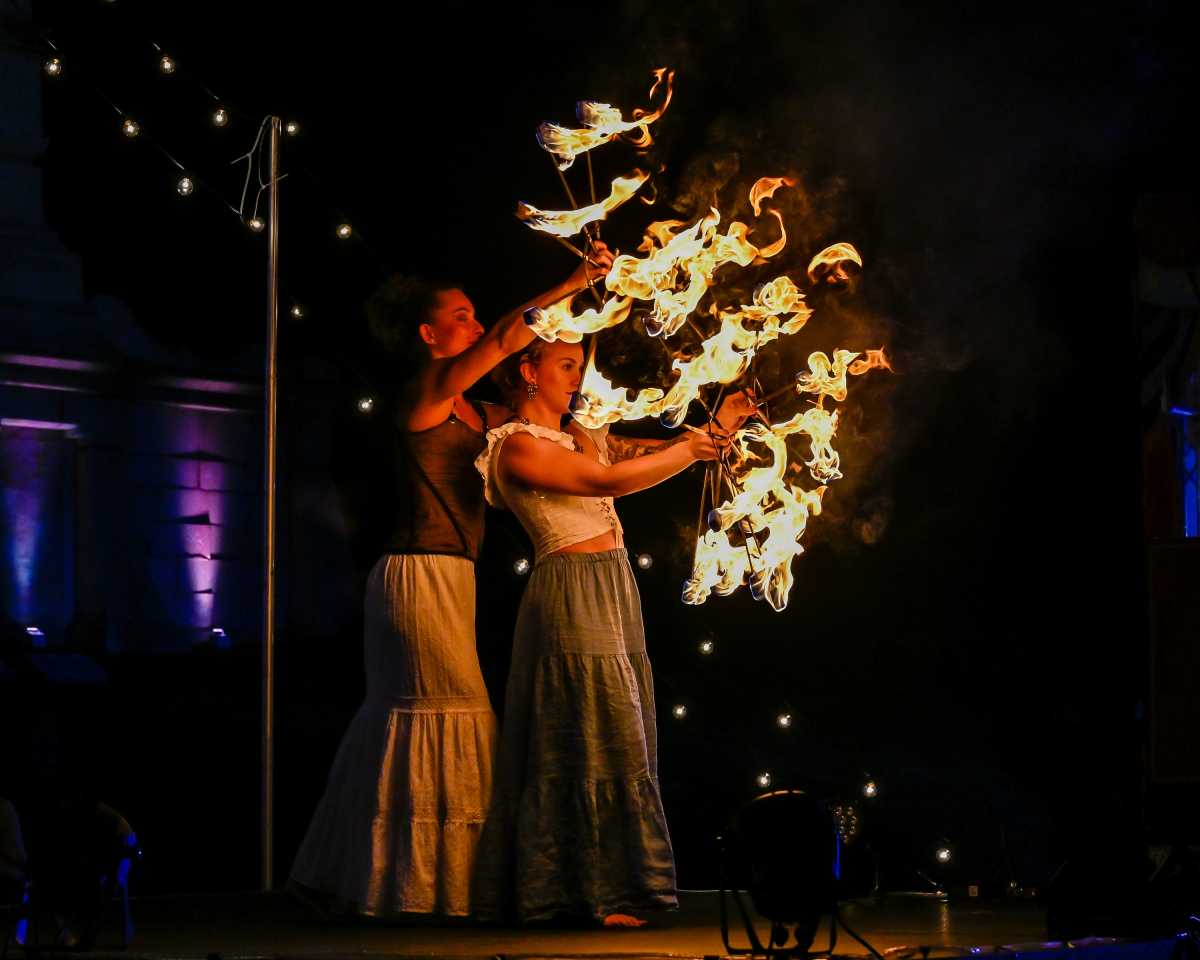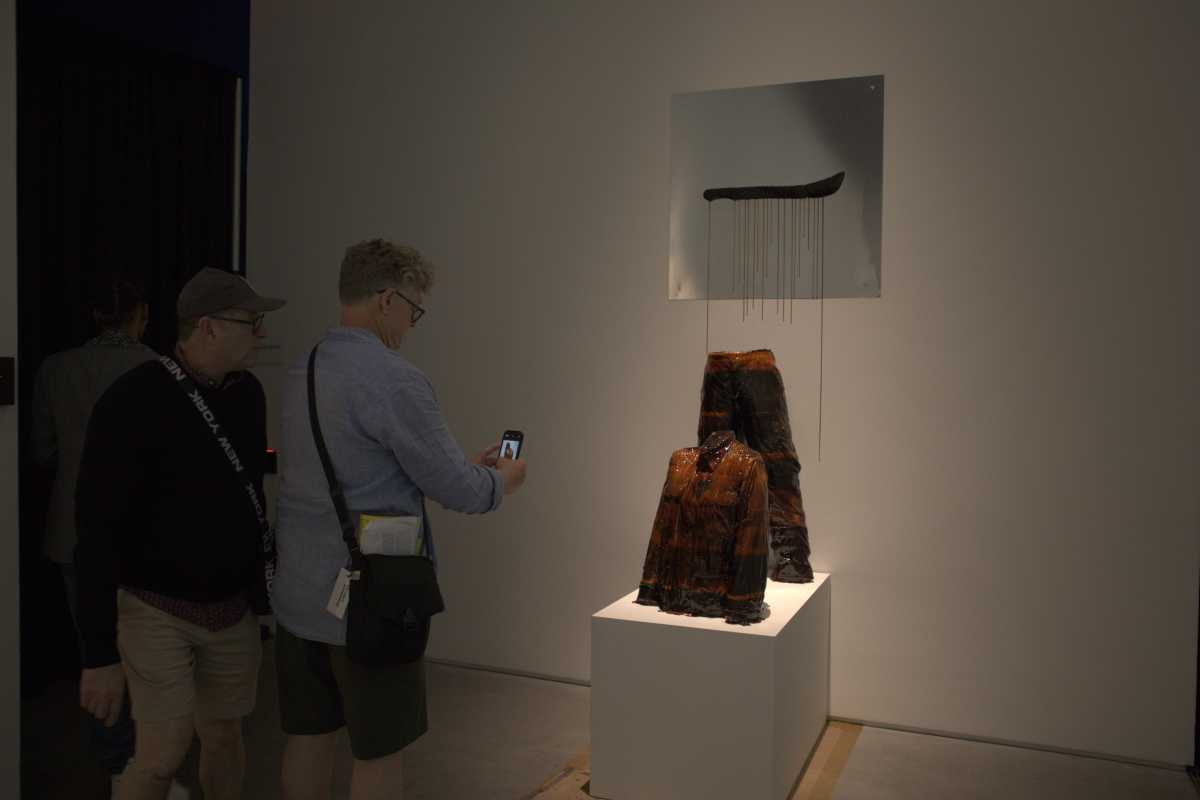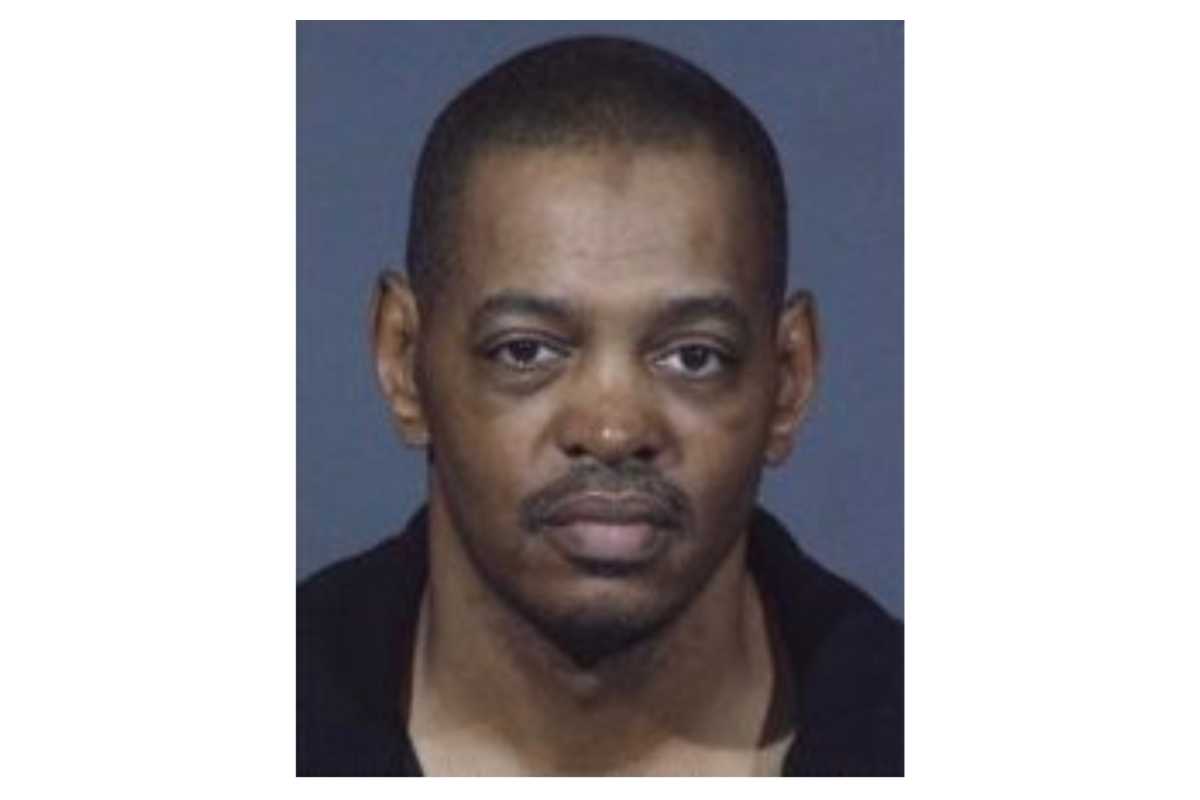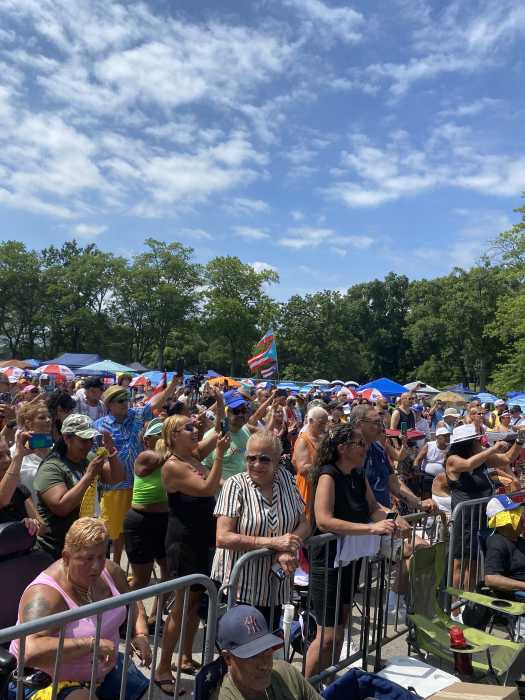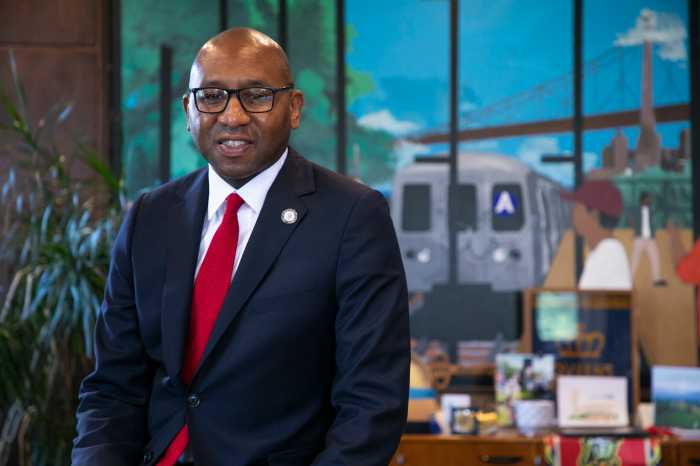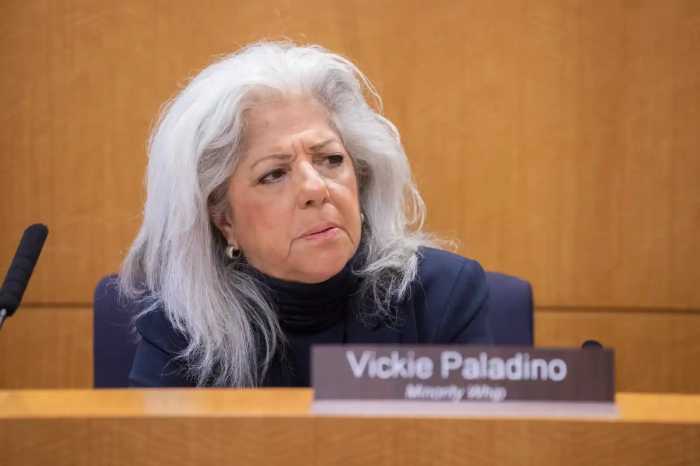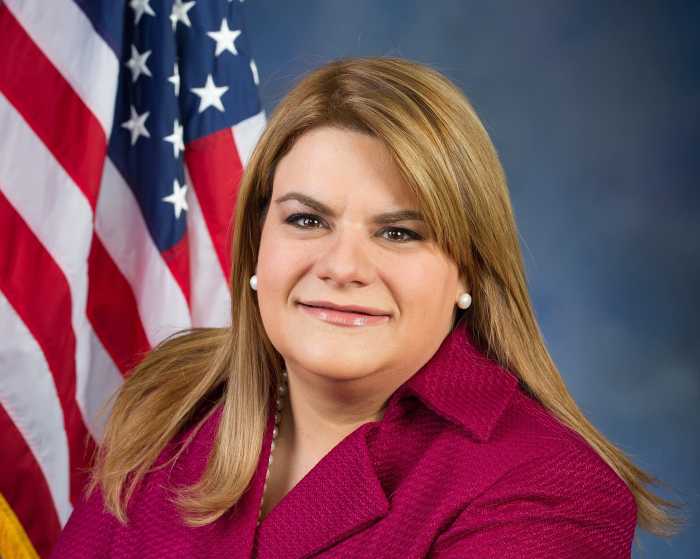In a country where the federal Supreme Court often serves as a symbol of the judiciary, local court historians think the state courts, which handle over 95% of litigation nationwide, are often overlooked.
This sentiment hits on one goal the Historical Society of the New York Courts aims to remedy in the general public. Another is to provide a deeper, more colorful archival account of how the court system has advanced over its three centuries of existence, suited more to researchers and legal professionals.
These two audiences form the careful balancing act at the heart of the society’s mission, which is to tell the story of both the triumphs of the court system as a defender of liberties and its moments of failure for future generations to learn from.
“That’s the role of the courts: to pursue justice regardless of rich and poor, high and low alike. Everyone gets a level playing field,” said the historical society’s president and former New York Chief Judge Jonathan Lippman. “Everyone gets their day in court. That’s the story that the Historical Society tells and is telling to this day.”
To that end, the society hosts public forums, maintains a trove of oral histories in its online archive, publishes a newsletter and books; and hosts a podcast. Though the society’s office is based in White Plains, it has launched an initiative to record local legal histories in all 62 of New York’s counties and produced a traveling exhibit on the Lemon Slave Case, narrated by the late James Earl Jones.
The oral histories that the society has published on its website chronicle the changing systems of the court system in great detail, in addition to capturing the personalities of its Court of Appeals and Supreme Court Appellate division judges. Lippman’s history, for instance, noted his passion for baseball and stoopball as a kid growing up in the Lower East Side’s Cooperative Village where his father was a building manager.
“They are so instructive as to what was going through different people’s minds at different times, in the judiciary, or particularly in a high court,” said Lippman.
Lippman described the society as a “family business.” He took over the role from former Court of Appeals Judge Albert Rosenblatt, one of the society’s founders who earlier this year became the Unified Court System’s first-ever official historian.
The organization was established in 2002, when the late New York State Chief Judge Judith S. Kaye was preparing to celebrate the 150th anniversary of the Court of Appeals in 1997. Kaye realized there was no formal list of her predecessors of the court with their dates of service. Lippman, from his perch at the time as deputy chief administrator of the courts, listened to Rosenblatt and Kaye flesh out their vision for the organization over their morning oatmeal and then helped build its membership and reputation.
Kaye’s belief in the value of civics education for all New Yorkers has carried through to the society’s present. While it serves as a vital archive of local court history, both Lippman and the society’s executive director Allison Morey, stressed they want it to serve a wide-reaching audience. Interactive programs for high school and college students involve competitions and fellowships in high schools and colleges, and send in attorneys and board members to hold workshops on legal issues.
“It’s not at arms length,” Lippman said.
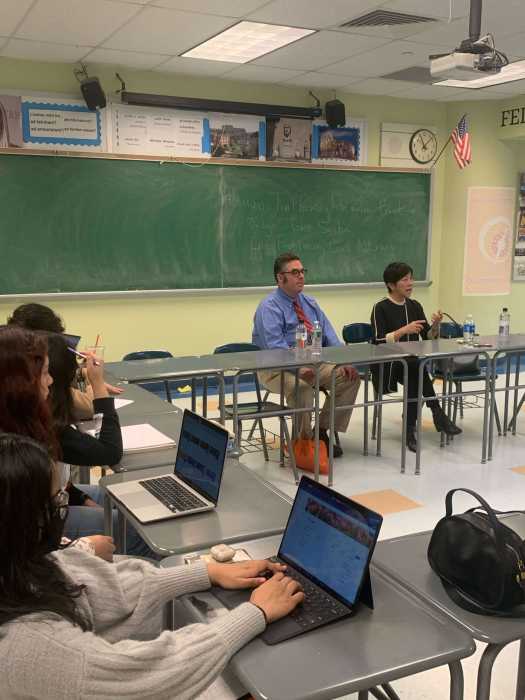
The society is also honing programs using social media and podcasts and doesn’t shy away from the critical issues of the day, even if controversial.
“Sometimes the language in government documents or legal jargon can be inaccessible. And as a public-facing organization, we can translate that information into everyday language and provide concrete examples about how the law touches everyone’s lives and the important role of judges in interpreting the law in the Constitution,” Morey said. “Then we can [pay tribute to] this vital history and really show that continuity from then to now.”
Morey, who came to the society with a master’s degree in museum studies, said that from a curatorial perspective the society’s breadth of programming — from public events, educational projects, continuing legal education and oral histories — has been particularly satisfying.
The society’s independence allows it to open up free dialogues about the court system while still acting as a partner without the caution that comes with speaking on its behalf.
Lippman said he’s found it enlightening to hold debates over the legal contours of historical issues like America’s World War II-era Japanese turning camps and international conflicts in Ukraine, Israel and South Africa.
Morey hinted the society is working on a series that involves inspirational figures in New York’s legal history and will speak to current debates around “the public scrutiny of the judiciary and the rule of law.”
She said the society’s podcast, “Wrecking Ball,” covers important historical preservation and development battles such as the Empire State Plaza, the High Line and Foley Square. It also publishes “Judicial Notice,” the society’s scholarly periodical, with each issue including a complementary podcast episode.
Though the society serves as a freestanding entity — separate from the Office of Court Administration — its existence parallels the continued professionalization of the court system. Not so long ago, at the beginning of his 40-year career in the court system, Lippman said the court system was much more of a “mom-and-pop operation” before it transitioned to a more advanced professional system with formal standards and improved case management.
“The story of the law and the story of society are truly inextricably linked,” Morey said.
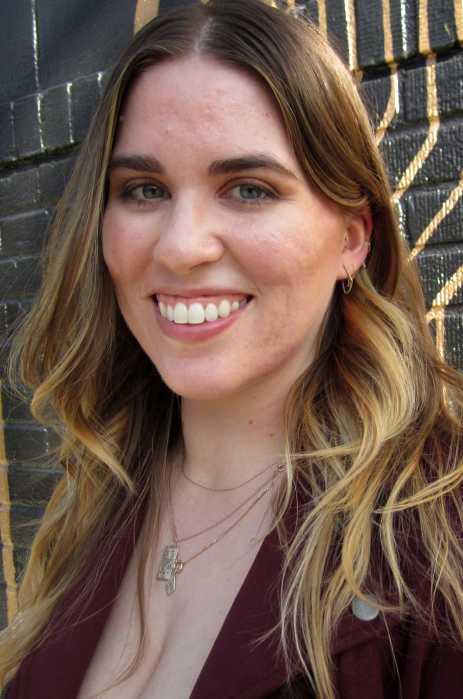
The inception of the historical society as a formal archive mirrors advances that the court system made in the late 20th Century. Technology and case management remade the state court system practices, Lippman said.
“The mission is the same, but the way you get there and the shape, the size, the logistics, the way the courts are run, the organization of the courts, the administration of the court — it’s all been a work in progress. And it still is,” he said.
And just as the court system is ever-evolving, so is the historical society. Morey said it’s her goal to bring the society to more locations across the state with traveling exhibits and programs upstate, and with them, the courts’ relevance and as Lippman put it, the spirit of “open-ended thinking” that is “very much the mark of Judith Kaye.”
“That’s something that people kind of struggle with is, well, that all happened already, why do I care? You should care, because the things that are playing out now, generally something similar has happened before,” Morey said.
